Often, in the discussion of love and all it encompasses — livelihood, self-care, relationships — the voices and expressions of LGBTQ+ people are not given the opportunity to be heard. This denial is compounded when they are black. Such was the case when Black Lives Matter Toronto staged a protest at the city's annual Pride Parade in 2016 to fight for more support for black queer spaces and events, and was met with a flood of racially laced backlash.
A core team member of Black Lives Matter, Syrus Marcus Ware is also an artist, scholar, activist and father. He walks us through what self-love means to him as a black, queer and trans man in a city that both supports and ostracizes him.
HuffPost Canada: What is self-love to you?
Syrus Marcus Ware: It's really about believing in your right to self-determination. It's more than taking care of yourself. It's about celebrating yourself. It's about believing you deserve to thrive beyond just surviving, and doing everything in your power to make sure it happens. Whether it looks like taking yourself out on a date. Whether it's about having self-care regimens. Whether it means sleeping in until 12 p.m.
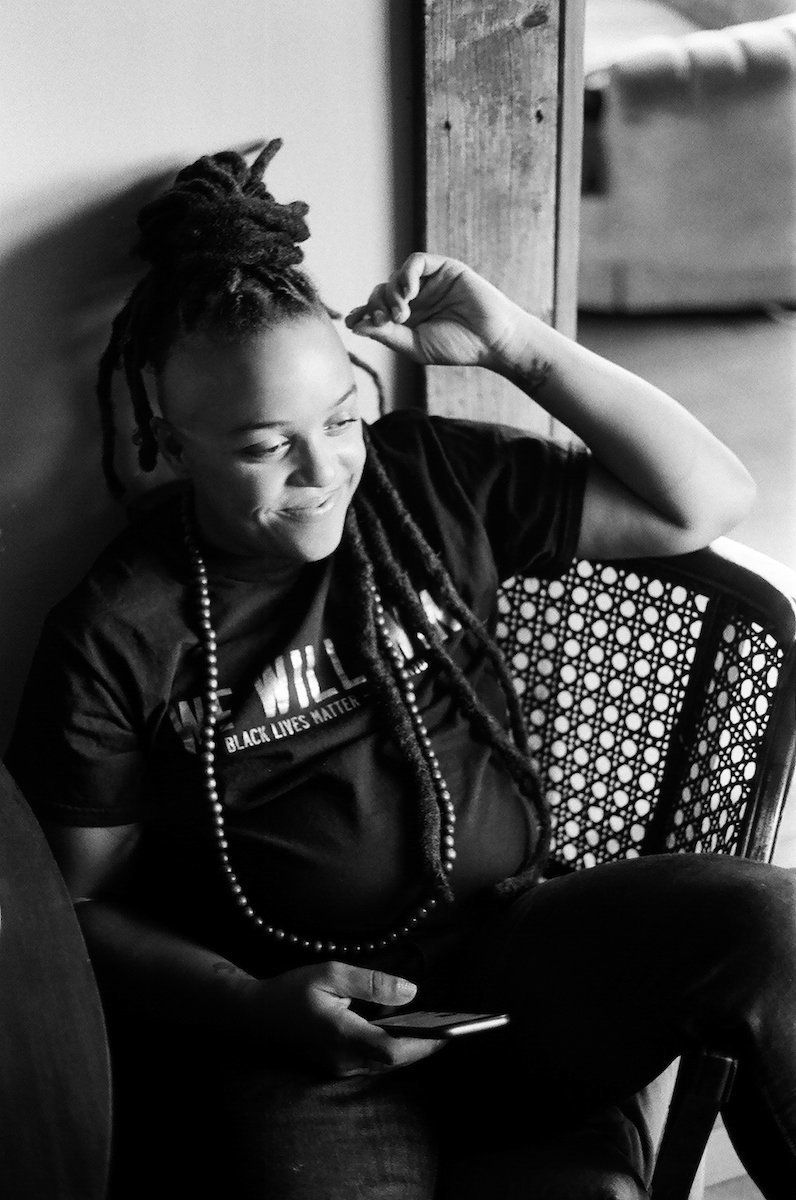
Did you learn self-love over the years, or were you taught it?
I have an identical twin and that shaped a lot of how I understand the world. You have a sense of being half of something. Half of a whole. Through loving my twin, I learned a lot of loving myself. We ensure each other has everything we need to make it. Through that practice of loving someone who's identical to me, it makes me think, 'Well, what am I doing for myself? How am I loving myself? So that came from having someone so identical to me.
I think another way self-love came into my life was through activism. I remember working with Blackness Yes!, the committee that puts on Blockorama [the longest running Toronto Pride showcase]. We were rewriting our mission statement and were talking about black love and black care. Kyisha Williams then said to talk about self-love. [At the meeting] a lot of what we were talking about was black love and black joy and so [Williams said] that kind of love we share outwardly, can only come when we have a sense of it within ourselves. Through the experience of Blackorama, it made me realize that was something that I prioritized.
It's empowering when black people get to be angry in a public space. Our interaction in public spaces are often affected by targeted policing.Syrus Marcus Ware
How does the Toronto Black LGBTQ+ community practice self-love?
Everybody has different ways of practising it; whether we gather together in big moments like Blockorama, or small moments like running into another black queer person on the street. It's in the ways we connect to history and art and culture. The way we read and then reread Octavia Butler novels, or attend Angela Davis talks together, trying to connect with these ancestors and organizers who came before us. We share resources with each other. Love for our community and love for ourselves is important.
What is your experience as a black, queer and trans person in Toronto?
As a black queer and trans person, I live in a city with other black and trans people, so being part of the community in Toronto is essential to me. Being a black and trans and queer person is the best part of me. I wouldn't trade that for anything. [It's] been a really wonderful, wonderful part of my life. Toronto has always been a place where people come together. Where trees stand in water. But, there is a tremendous issue of anti-black racism in Canada, specifically with the targeting of police officers at black trans people. We fight against police brutality.
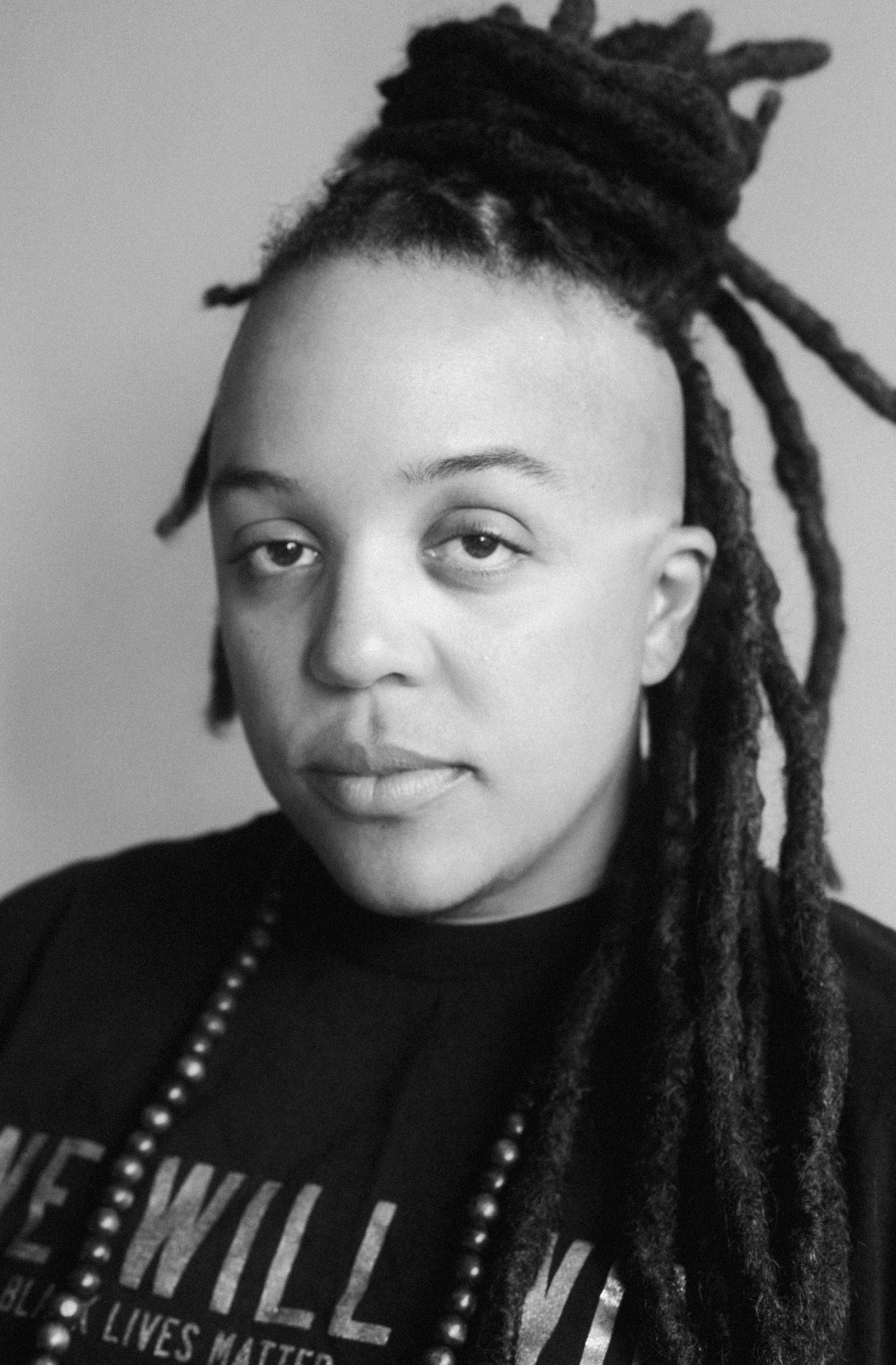
What is the feeling in these spaces where you get together to protest?
We just gathered on the weekend [of Feb. 10] to fight, mourn and remember Colten Boushie. Those moments where it's so sad like the death of Andrew Loku. There's a grieving and sadness and we know their loss is not in vain. Often it feels like there's a possibility that things are not going to change and that's part of why I got involved. When we get ready to gather it's always exciting and there's a fair amount of rage we feel. Like how could this have happened again?
What is it like to fight in a society that limits black anger while disposing of black bodies?
Who gets to be angry is the question. Our team has increased the profile of deaths that have been happening for 15 years. We are a community in mourning and enraged. [Yet], it's wonderful [when] we get to gather in crowds of thousands and hold each other and feel that anger. It's empowering when black people get to be angry in a public space. Our interaction in public spaces are often affected by targeted policing so gathering in a group of thousands, to be angry of Jermaine Carby or Abdirahman Abdi, is great. When we stopped traffic in support of Beverly Braham to stop her deportation. We were mad. As mad as people whose traffic and morning commute was interrupted. We said, 'Enough. Not one more death, not one more indigenous life.'
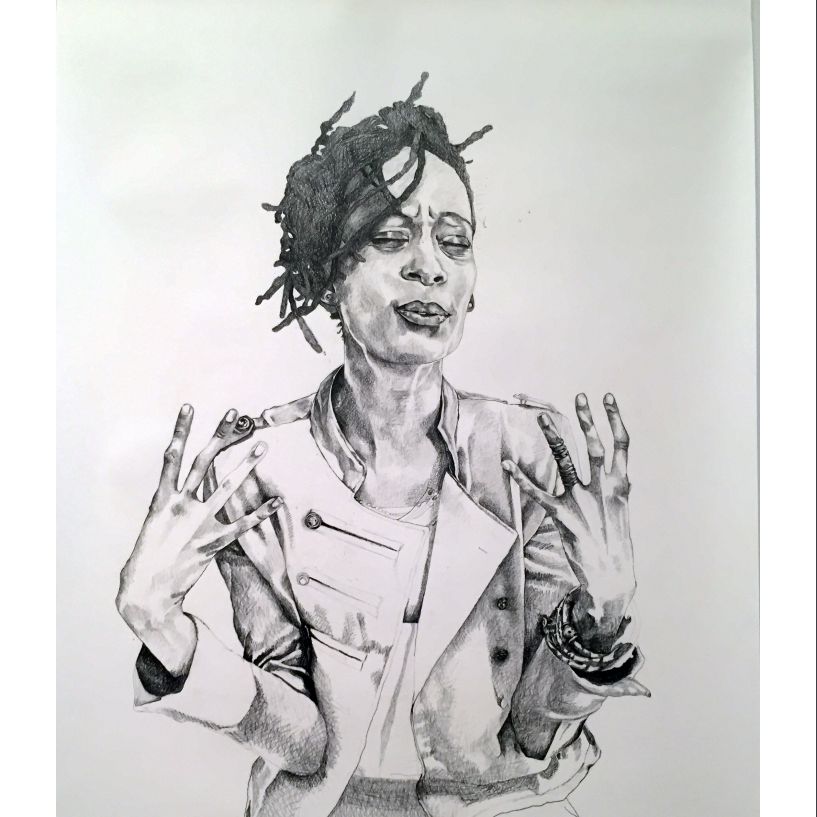
How do you maintain such a loving circle?
For me, I try to surround myself with loving environments. My artistic practice at this point is very much around celebrating this idea of love. So I do love letters and have done so for five years. I also do an activist portrait series where I've been drawing black queer and trans activists, making these giant acts of love. I celebrate them on the largest scale I could possibly create. I get to marinate in loving black people. I'm also a father, so I get to be around a young person who's learning to love. I celebrate being alive with another young black person.
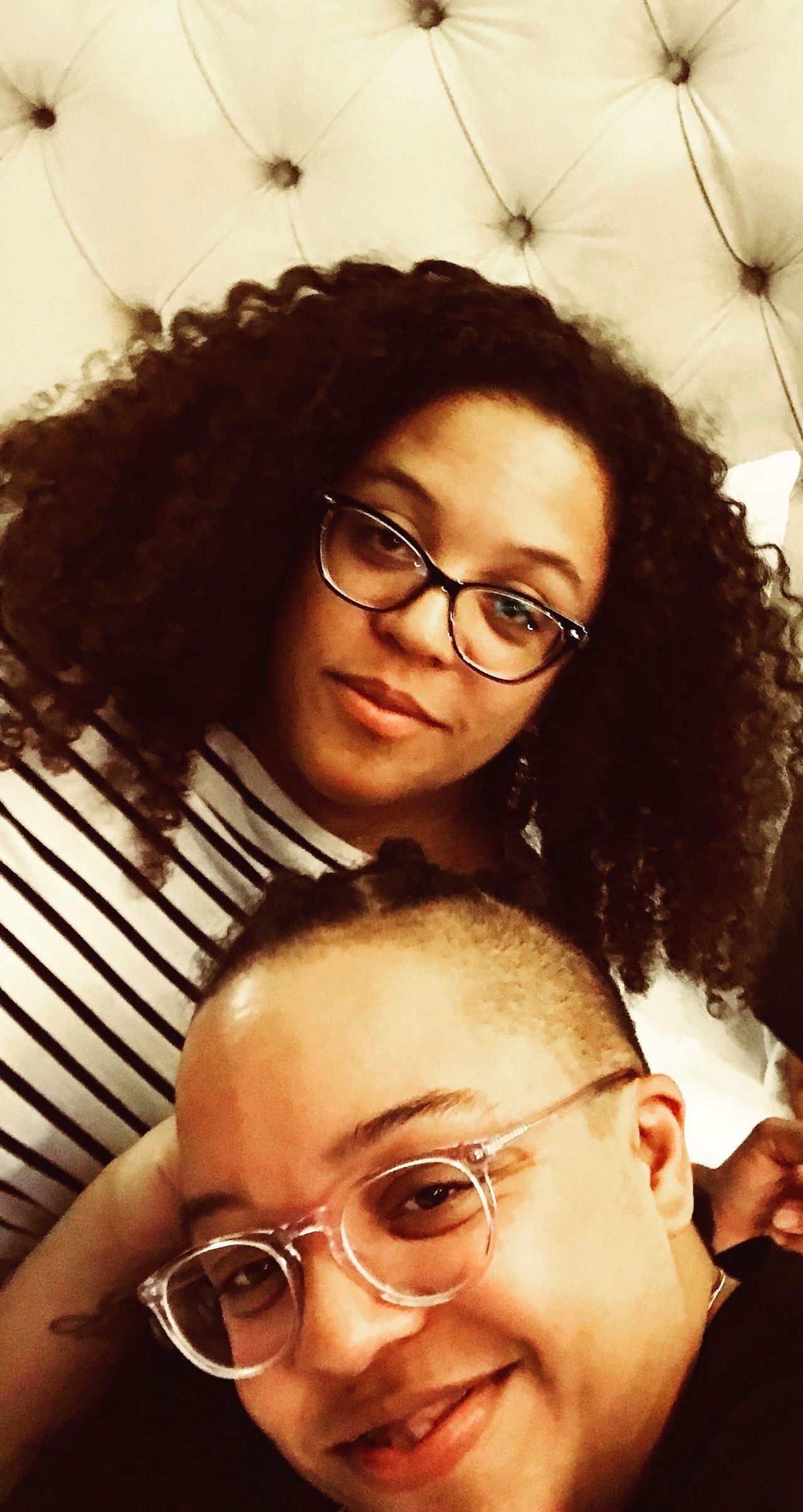
What is love to you?
Love is a fundamental part of human existence. It's the thing that makes us get up in the morning. Love of ourselves. Love of coffee. Love of our children. There's this quote by Che Guevara that goes, 'At the risk of seeming ridiculous, let me say that the true revolutionary is guided by a great feeling of love.' Love guides a lot of my decision making. It's an action. A feeling. A memory. A hope for the future. An adjective.
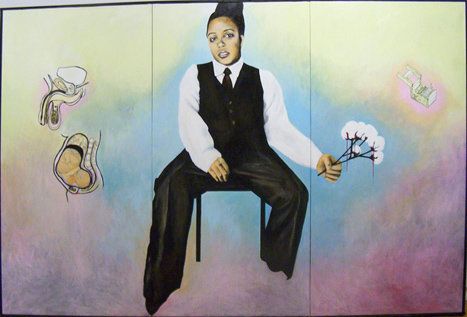
How do you maintain love in a world slowly losing grips with it?
So much of it is through decision making. I saturate myself with understanding, love, joy, hope and possibility. That's how I've been able to do it. The world is in moments of great strife and trouble. There's just so much injustice. In these moments people get together and rally and part of what happens in that is a population of love.
What is Blackness to you?
Blackness is everything. I was on a panel last week [the week of February 5] and someone asked if I was a black artist or just an artist. [laughs] What kind of a question? For me, blackness is something that is celebrated in my life. I'm a black artist, black apartment renter, black scholar. I would absolutely put that as an adjective on everything. We come from such a rich history and struggle. It has created a sense of what the world is actually like so we're not operating with false assumptions. We get to see the truth because of the struggles we have been through. I feel really thankful and hopeful because of blackness. I'm a visual artist so there's also this understanding of what black as a colour means.
As a member of BLMTO there's a beautiful revolutionary possibility through this movement for black lives that has been ongoing. The movement colours are black and gold and it gives me a lot of hope.Syrus Marcus Ware
What is blackness as a colour?
Blackness as a colour is the essence of all colours. All light of the universe is absorbed from the colour black. Whiteness is the absence of colour. Amazing to use that and understand blackness as a culture. Blackness as an essence of all colour of everything. Artists like Anish Kapoor who just patented the richest colour of black. He owns the patent for it. Thinking of the ways black is coveted as a colour with colour theory, it's fascinating to apply that elsewhere.
If you could give blackness a colour, what would it be and why?
Black and gold. As a member of BLMTO there's a beautiful revolutionary possibility through this movement for black lives that has been ongoing. The movement colours are black and gold, and it gives me a lot of hope. Gold is emblematic as a people. Being precious, being special. Being related to celebration. I don't want to say the idea of king and queens, because there's this hierarchy with it and capitalism. But this idea of being regal.
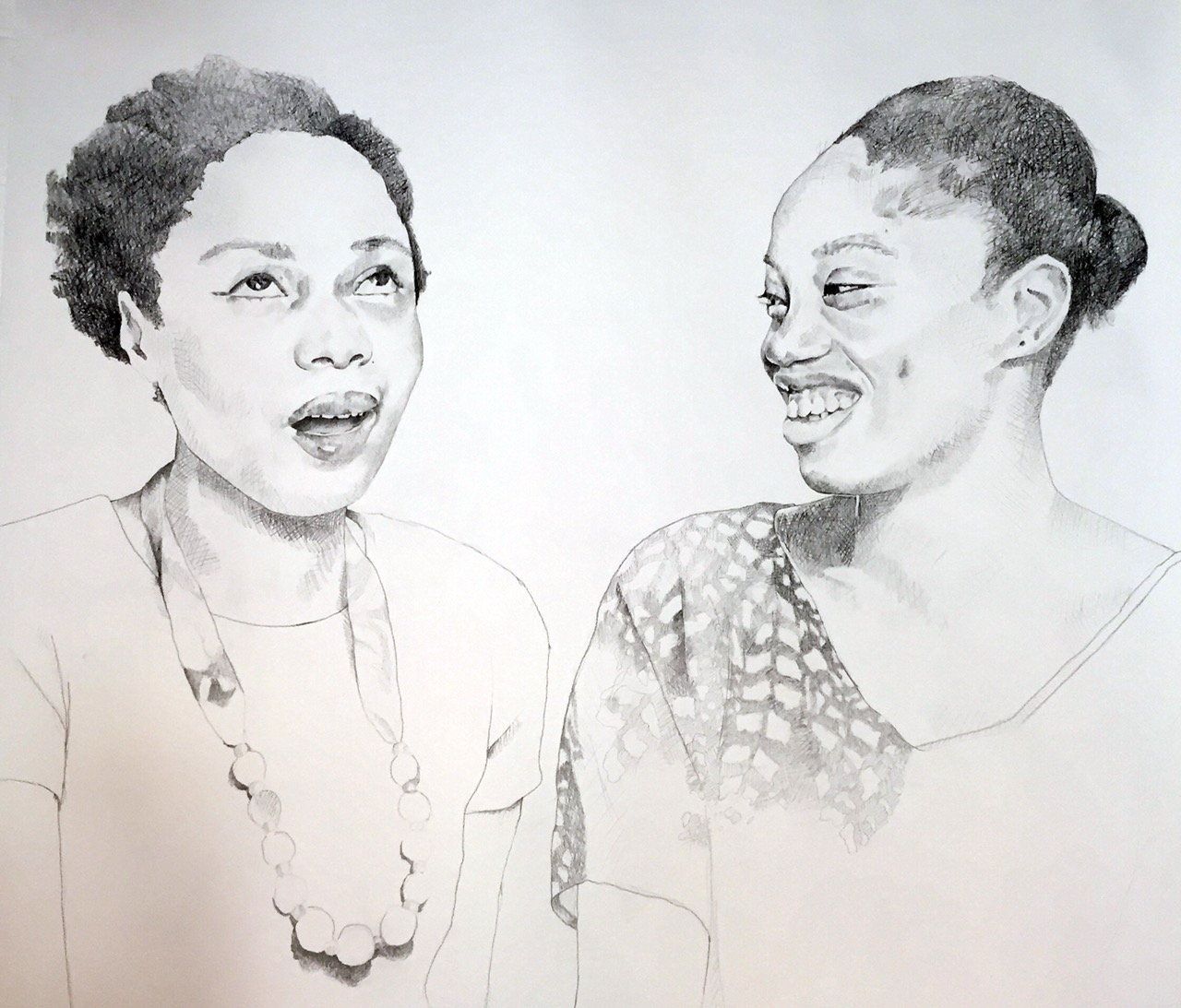
Where does your artistic inspiration come from?
My inspiration is coming from the people themselves. I ask them the same three questions and one of those questions is about love. Their faces and bodies react when you ask the different questions. I take photographs and then I start to draw. The drawings are 6 feet by 12 feet tall.
Also on HuffPost: